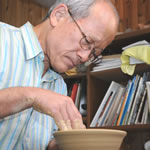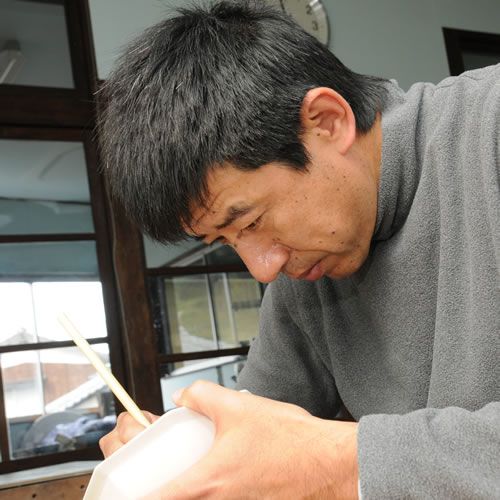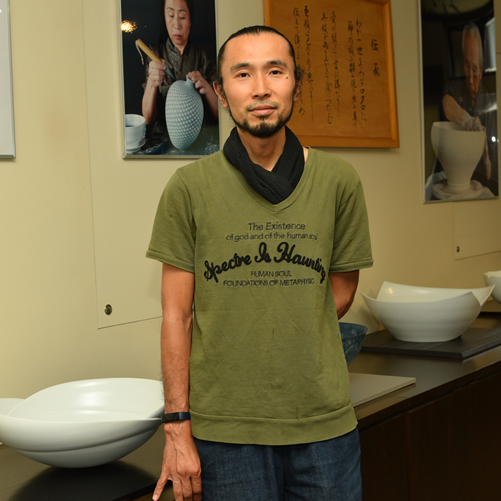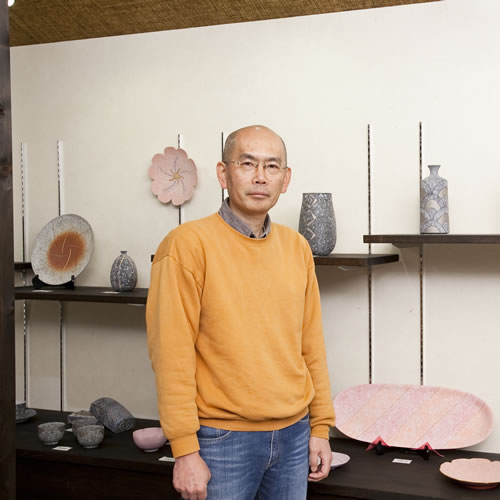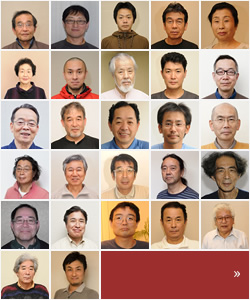Bizen Ware
The oldest pottery which inherits the tradition over 1,000 years in Japan
Bizen Ware is considered as one of the six oldest kilns in Japan: Seto Ware, Tokoname Ware, Shigaraki Ware, Tanba Ware, and Echizen Ware. It is also known as Inbe Ware.
In the mid-six century, the fire technique of the Sue pottery was introduced to the northeastern part of Okayama Prefecture. Sue pottery is characterized by having a sharp, fine, delicate, form, thin walls, and a light blue-grayish color. It was made throughout the Heian period (794-1185) and used mainly in religious ceremonies and by the aristocratic society.
From the Kamakura period the pottery made in Bizen began to have unique qualities such as reddish or brownish color surface and melted ash resembling sesame seeds and so is called Bizen ware.
In the Edo period (1603-1868), the Okayama clan promoted to make kilns as a community work. It also protected them as a special product and gave the special title, Minute Craftman, to six major kiln families, Kimura, Mori, Kaneshige, Oae, Tongu, Terami. Their descendants have been still active as the center of Bizen Ware.
In the Meiji period, Bizen Ware had been declined because the clan stopped supports by the abolition of feudal domains and establishment of prefectures. In addition, Japan opened its doors to the west and the public lost interest in Japanese traditional arts. This was disastrous for Bizen Ware. However, there were cultural revival movements in Japan. KANESHIGE, Toyo was successful in attempts to make wares of Momoyama period quality and was designated a living national treasure. His efforts are largely responsible for the present day prosperity of Bizen Ware.
Bizen Ware is put in the kiln unglazed, but due to the effects of the 8 to 20-day pine wood firing, reaching temperatures of approximately 1250℃ (2282 F°), becomes naturally glazed with the pine ash or acquires various subdued colors. At its best, the form is forceful and has some feeling of mass without being stiff or unnatural. There is a feeling of spontaneity and the product is not at all showy. Bizen Ware is simple and unassuming in form but has a noble quality. Bizen has abundant clay and source. The clay is very beautiful just as dug from the rice paddy and the best pieces are made and fired so as to accentuate the beauty of that clay.
The color and texture of Bizen Ware improve when handled. When used daily, the user can take pleasure in its increasing beauty. In this way even a small and simple article will, with time, become a treasured object.

